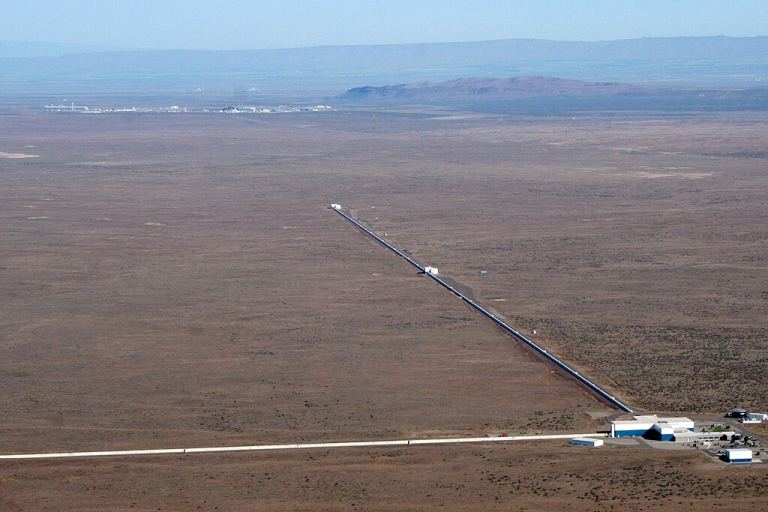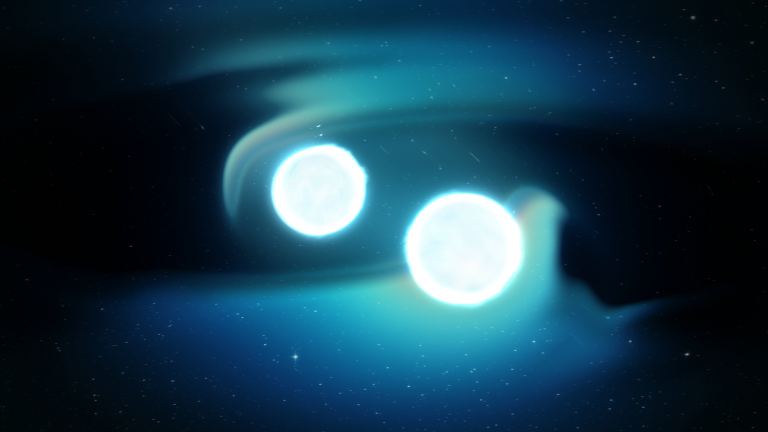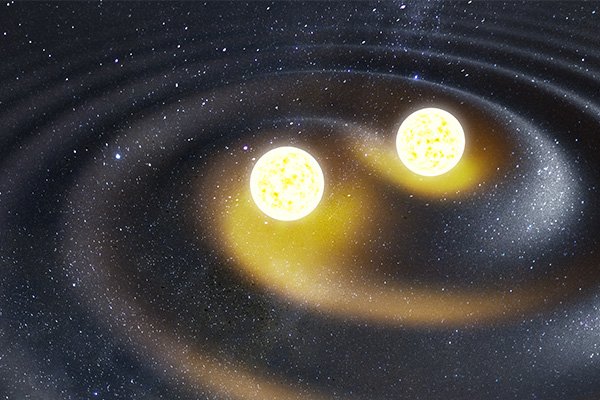Astronomers are set to receive alerts about gravitational waves in just 30 seconds.
Gravitational waves are being produced by any event in the grandiose cosmos. After the achievements of General Theory of Relativity Galileo proposed, scientists could perceive gravitational waves as a new theme of physics.
The degree of disturbance the sea waves are causing are related to the size of the meteoroid impact which is the size of the event. Especially, black holes and neutron stars which collide, could be felt here on Earth by the detected gravity waves. Alternatively, it is necessary to mention that an eventuality of an object in visible light could also be the case when a pair of colliding neutron stars crashes.
Proper take advantage of this sort of chances is therefore should be accompanied with early warning system. Dedicated teams at leading facilities such as the LIGO-Virgo-KAGRA observatories are ingeniously developing systems that would send astronomy researchers an alert within a minimum of 30 seconds upon GW event. The event is spotted with this early notice of the occurrence so that its possible effects can be observed and its source determined.
A motion of any space-time is rather similar to a giant celestial ocean. It the same way causes waves. Also, like shaking a rope causes its ends to pull together and stretch out in the direction perpendicular to that of a shake, so for astronauts traveling through space make global pressure appear to shorten in this direction and extend the other.
To identify gravitational waves that are considered a minute affecting factor, modern detectors are usually either shaped like an L or a torsion balance, both of which are equipped with beams of light travelling each of the legs. The merging of the two waves and the consequent interference aesthetics enable a reliable estimation of the exact lengths of the waves per conversation. These length changes are the fingerprint of the presence of gravity waves implying their passage through space.

Scientists from the University of Minnesota are involved in a research voluntary funded to find ways of detecting the movement of waves and coming up with a mechanism to send alerts to the astronomers. Experimental researchers have used data from previous observations and computed gravity wave signals in their investigation of this regime.
But again, this scheme is not an option which only informs. By the end of this project, it will have sufficient power to recognize the shape of the signals, to analyze the signals over time, and even to quantify the character of the components (these components are the waves).
The software will be like a wave detector as soon as its operational. It will be detecting any waves that come with collisions such as neutron star or black hole. Usually, these waves bequeath a diminutive strength with their sources kept under lock and key.
The software would be able to record geographically based measures thanks to which necessary studies will be conducted in the area of the vibration’s source.

Do not forget to share your opinion with us to provide you with the best posts !




0 Comments